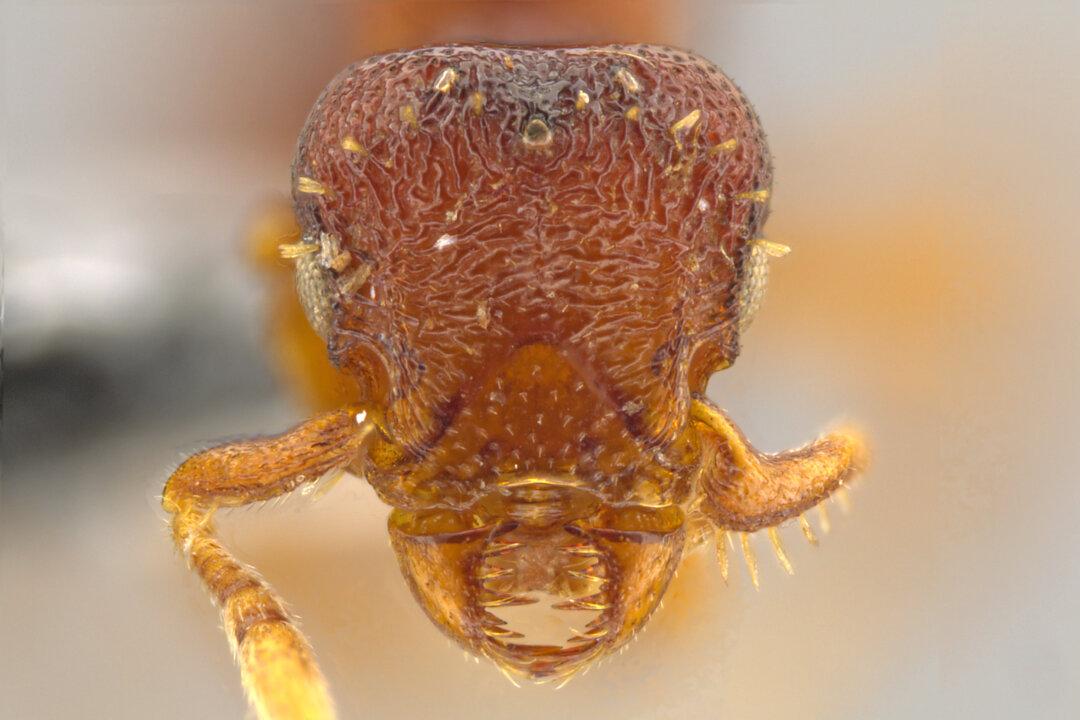The Utah biologist that identified 33 new ant species said that they’re horrifying and look like a monster.
“These new ant species are the stuff of nightmares” when viewed under a microscope, says entomologist Jack Longino, a professor of biology at the University of Utah, in the new species announcement. “Their faces are broad shields, the eyes reduced to tiny points at the edges and the fierce jaws bristling with sharp teeth.”
Longino said that the ants “look a little like the monster in [the movie] ‘Alien.’”
“They’re horrifying to look at up close,” he added. “That’s sort of what makes them fun.”
Longino published a study in the journal Zootaxa, identifying 14 new species of ants part of the ant genus Eurhopalothrix, which is Greek and refers to the club-shaped hairs on many of them.
In another upcoming study to be published in the same journal, he describes 19 other new ant species from the genus Octostruma, which means “eight swellings” and is named such for the ants’ eight-segmented antennas.
The ants were found in small patches of forest, highlighting the need for forest conservation, said Longino.
According to the research, the new ant species are less than one-twelfth to one-twenty-fifth of an inch long – much smaller than a rice grain or common half-inch-long household ants – and live in the rotting wood and dead leaves that litter the forest floors in Central America.
“They are nearly eyeless and crawl around in leaf litter,” using primitive compound eyes to detect light but not form images,” said Longino. No one knows how they find their prey.
Among the newly discovered and named species from forest-floor leaf litter:
– Eurhopalothrix zipacna, named for a violent, crocodile-like Mayan demon and found in Guatemala and Honduras.
– Eurhopalothrix xibalba, or a “place of fear,” for the underworld ruled by death gods in certain Mayan mythology. It lives from Honduras to Costa Rica.
– Eurhopalothrix hunhau, for a major Mayan





